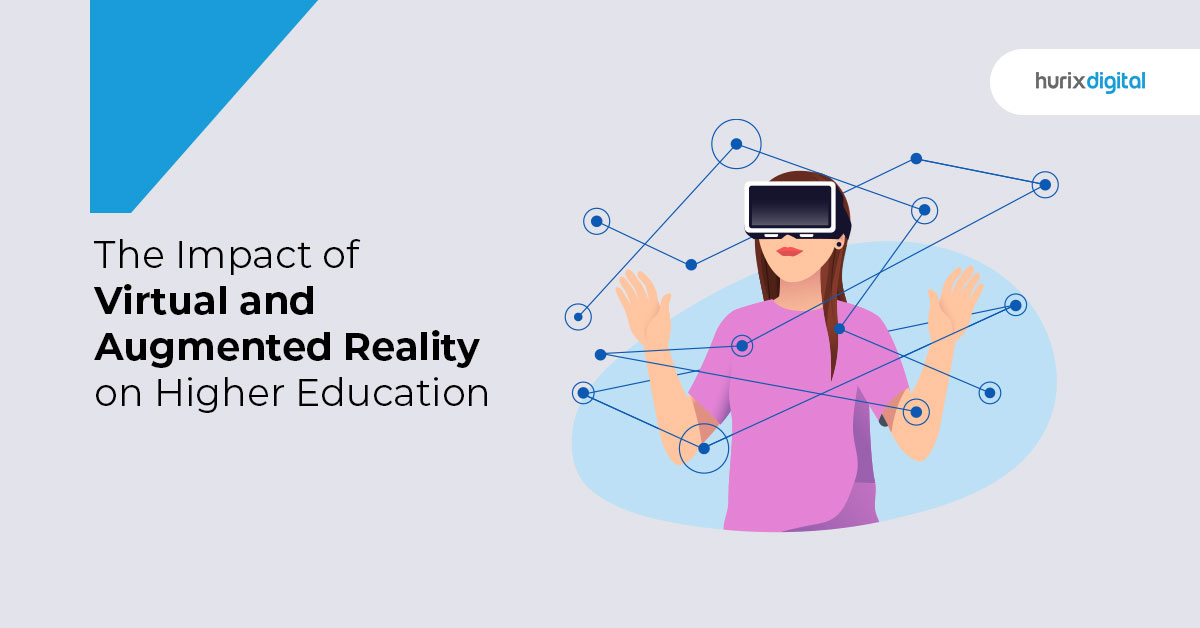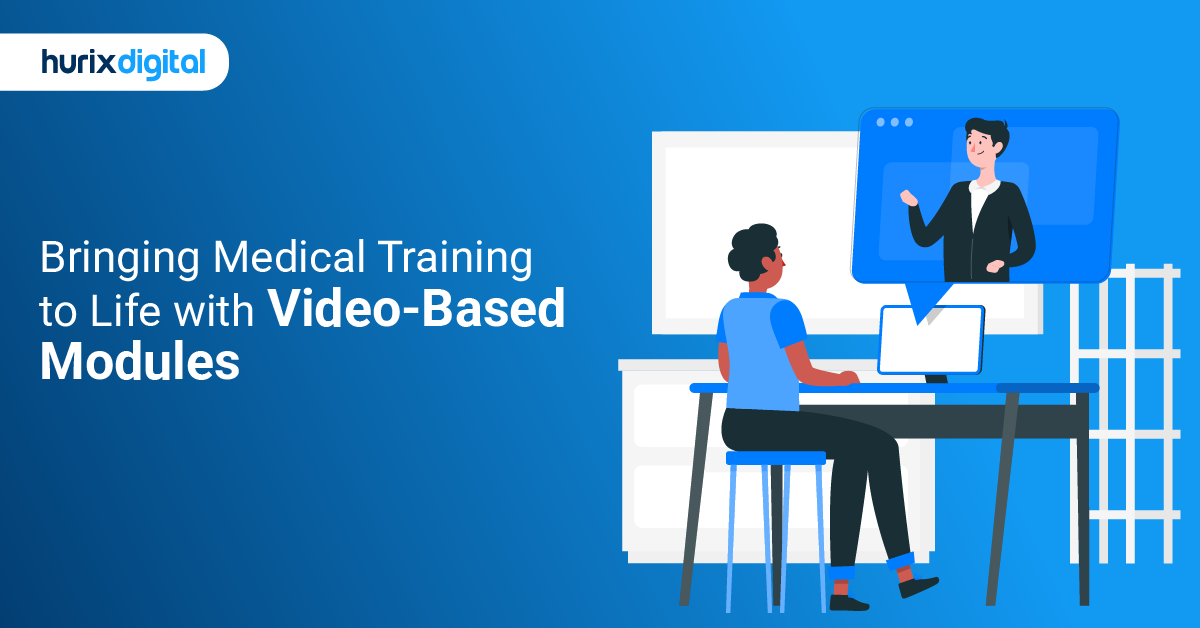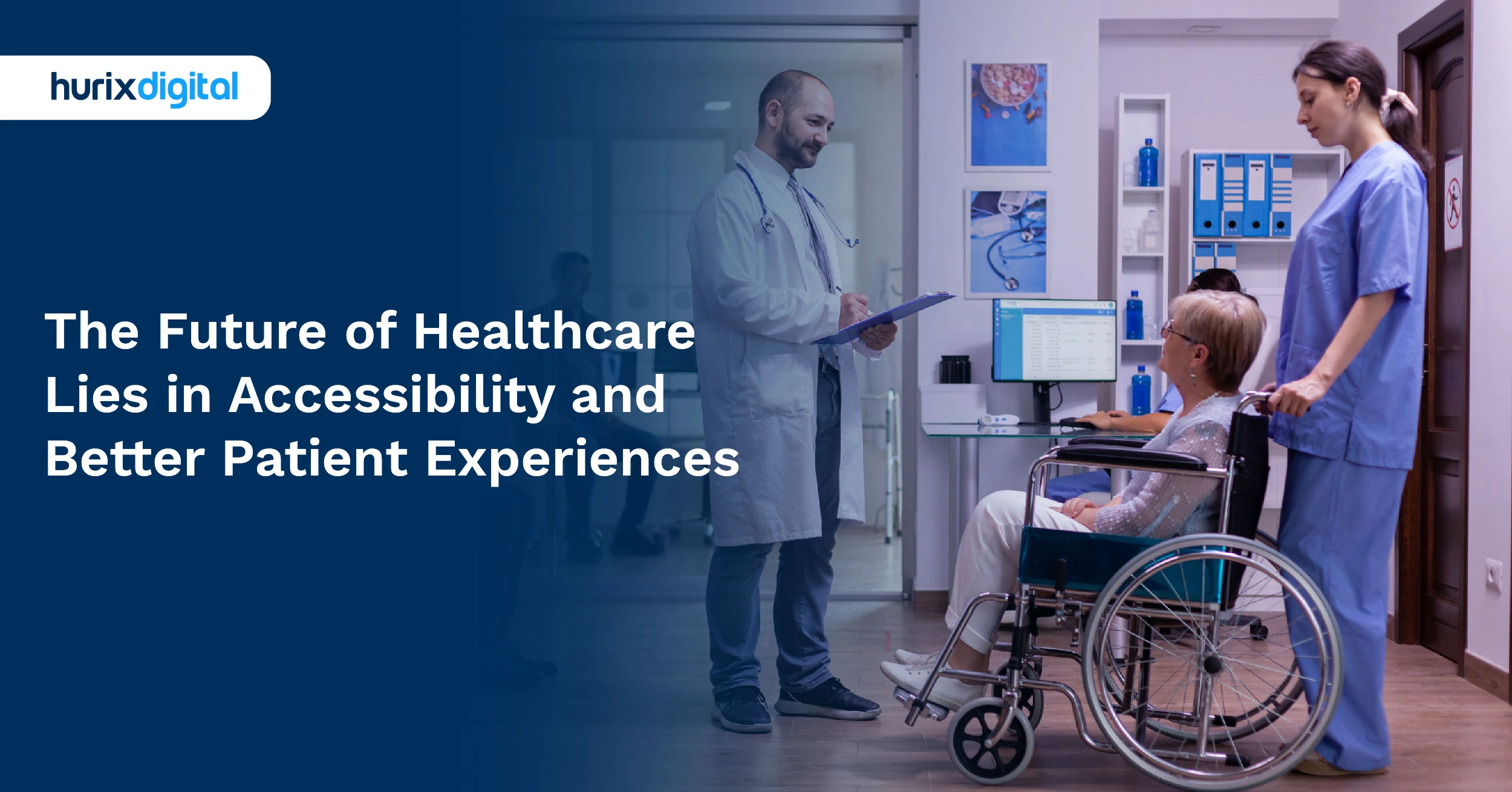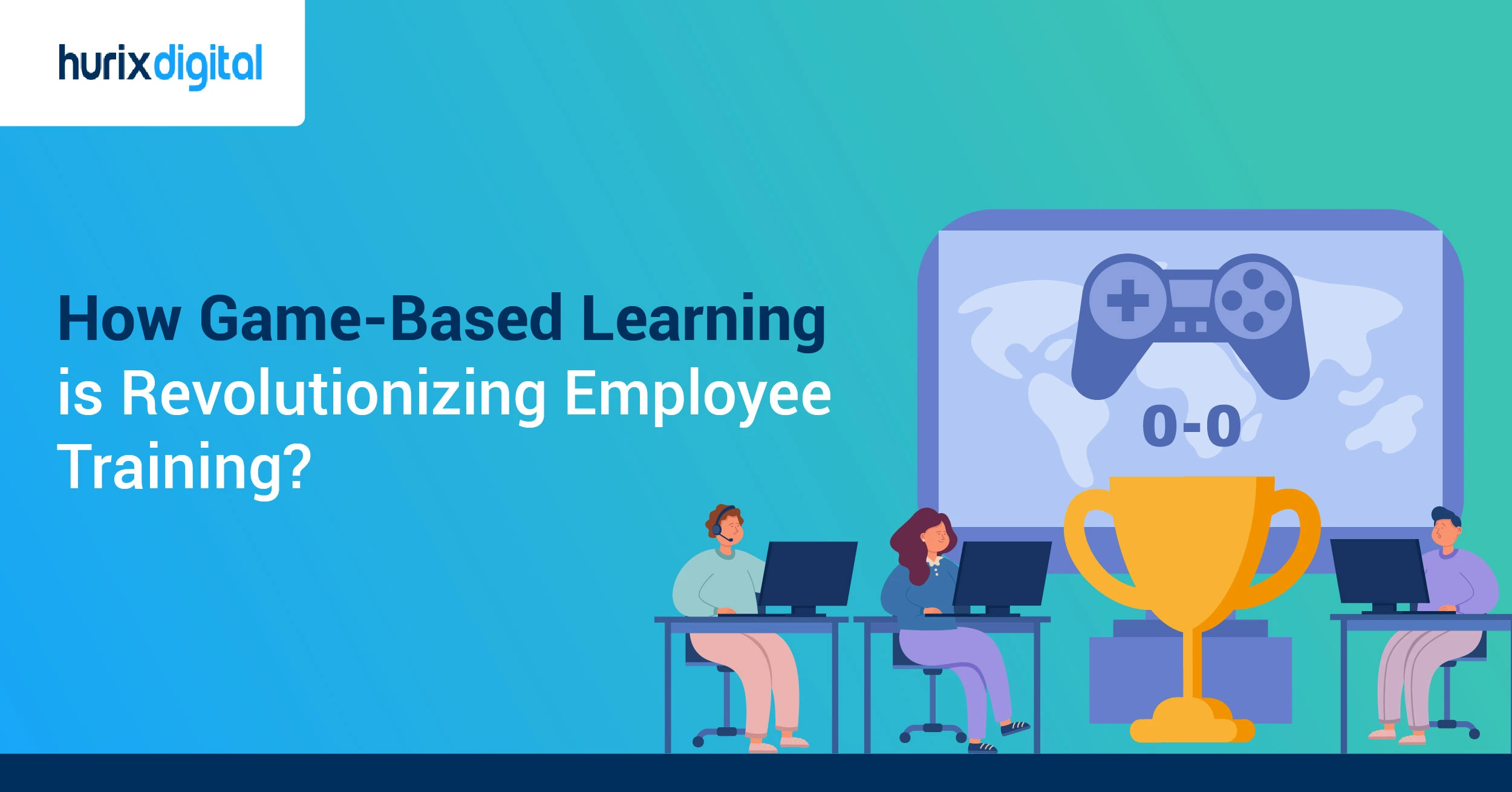
Healthcare Training Gets Real with Simulation Training
Summarize with:
It’s not unexpected that the healthcare science industry is often called the backbone of healthcare innovations, as it plays a vital role in delivering healthcare services and enhancing the healing process overall.
Valued at a whopping USD 8,348.44 billion in 2023, the global healthcare service market has enormous potential, considering that innovative treatments, comforting hospitality, and dire cures are a constant need.
With this responsibility slowly being shared by the current and future generation of healthcare science learners, it is crucial to be able to conduct experiments seamlessly.
While traditional laboratories are available, problems such as availability and access are obstacles that cannot be overcome without high-value investments in scaling up.
That’s where taking the digital learning journey creates wonders. This article will introduce you to a new way of learning called simulation training. It will discuss the problems it solves and mention some technologies that can improve skills quickly.
Table of Contents:
- What is Simulation Learning in Healthcare?
- History of Simulation
- How Simulation Training Strengthened Healthcare Systems Amidst the Pandemic?
- What are the 5 Innovative Approaches to Healthcare Training?
- Types of Simulation Training Methods for Crisis Situations
- In-situ Certificate-Based Simulation Training for Healthcare Workers
- Role of Simulation in Nursing Education
- Types of Simulation in Nursing Education — With Examples
- What are the 4 Benefits of Simulation Learning?
- Innovating Healthcare Learning
What is Simulation Learning in Healthcare?
Simulation learning refers to the use of technology to replicate real-world clinical situations. In healthcare education, this method has become integral to providing a safe environment for students to learn and refine their skills before interacting with real patients.
The utilization of simulation-based learning in healthcare education has seen a substantial increase due to its efficacy in bridging the gap between theoretical knowledge and practical experience.
This approach to learning expands on the skillsets of healthcare professionals and contributes to an ultimately safer environment for both professionals and patients.
History of Simulation
SBL has been used for centuries. The first use of simulation was in warfare in the 18th century. After that, it was gradually used in aviation, the medical industry, and many other fields.
Even in the aviation industry, simulation plays a significant role in ensuring safety precautions for passengers and pilots.
In the medical industry, the first use of simulation was in the mid to late 1800s when nurses used model limbs and organs to practice bandaging, dressing, etc.
Of course, they were not as high-tech as today, but it was enough to start the innovation. Let us look at it, timeline-wise, as the simulation evolved in the history of nursing education:
- The first use of anatomical models was during the late 1800s. Trainees used limb models to learn and practice bandaging, dressing, and other clinical skills.
- The first mannequin was designed by doll maker Martha Jenkins Chase in 1911. This advanced mannequin was named after her as “Mrs. Chase.” It was the first time the students got to practice basic nursing skills on an adult-size model.
- Sim One, the first computerized mannequin, was developed during the 1960s. However, the technology was too expensive to be used for most healthcare training programs.
- A more affordable version was invented in 1968, when a simulator called Harvey was invented. Many medical and nursing students worldwide were trained with Harvey, which could even make realistic heart and lung sounds.
- In the 1980s-1990s, the first high-tech simulators were introduced in the health sciences.
How Simulation Training Strengthened Healthcare Systems Amidst the Pandemic?
The pandemic has undoubtedly emerged as one of the most frightening global healthcare crises in recent history. In the initial months of the crisis, healthcare systems worldwide struggled to contain the spread of the virus and provide adequate care to those affected.
One of the key hurdles encountered was the lack of simulation training and preparedness among healthcare professionals at the frontline of the pandemic. This lack of preparedness affected the containment efforts and heightened the risk of exposure and transmission within healthcare settings.
But as time went on during the pandemic, people started working together more to fix these problems and give healthcare workers what they needed to deal with the crisis better.
They did this by setting up specific training programs and making sure health authorities and frontline workers were on the same page. This made a big difference in how well we could deal with the pandemic. It became increasingly evident that emergency preparedness training was helping us control the pandemic better.
What are the 5 Innovative Approaches to Healthcare Training?
In the ever-evolving realm of healthcare, novel approaches are reshaping the way professionals are trained. Let’s delve into some of the groundbreaking innovations:
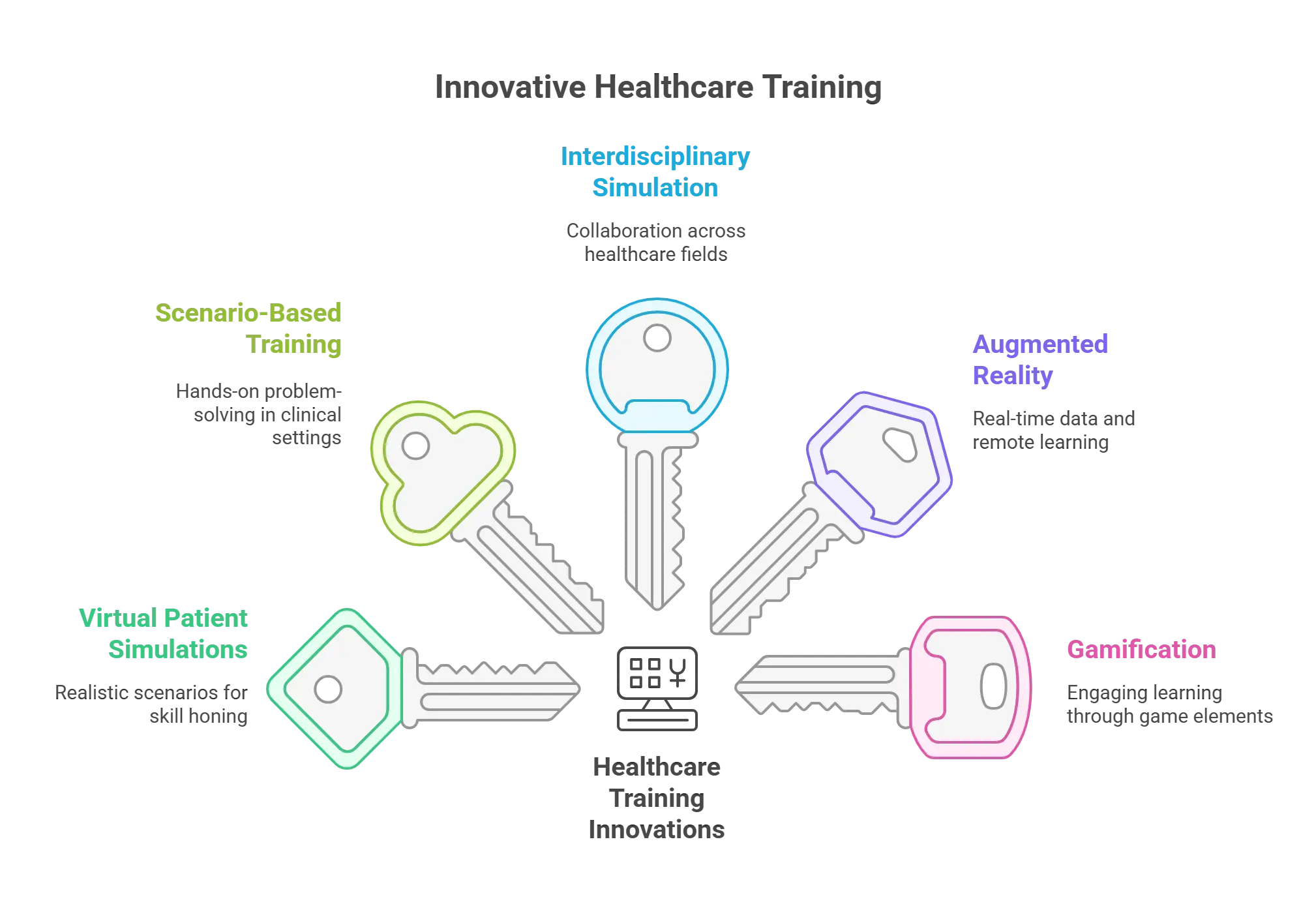
1. Virtual Patient Simulations
Beyond traditional training methods, virtual patient simulations provide realism and allow healthcare professionals to hone their skills.
Let’s explore how these simulations are a major revolution for healthcare education:
- Realistic Simulations: Virtual Patient Simulations use advanced software to create realistic medical situations to get learners to interact with virtual patients. A 2022 study conducted by BMC Medical Education found that individual learning and curricular integration improved after small-group VPS training for Nursing and medical students. The study found VPS training to be an accessible, low-risk educational strategy that can help improve student performance.
- Safe Learning Environment: Virtual simulations allow students to repeat scenarios until they feel ready and competent. This ensures that healthcare professionals are prepared to face any dire situations they might encounter during their practice.
- Seamless Coursework Integration: Virtual Patient Simulations can seamlessly integrate with traditional coursework, offering a dynamic learning experience that combines theoretical knowledge with practical experience.
2. Scenario-Based Training
The innovative approach of scenario-based training places learners in dynamic clinical situations. This nature of learning propels healthcare education into an era of hands-on experiences through:
- Real-World Problem Solving: Scenario-based training immerses students in realistic clinical situations to help incorporate a hands-on approach to learning. From emergency room scenarios to surgical procedures, this method prepares healthcare professionals for real-world problems.
- Healthcare Field Collaboration: Simulation scenarios can often include collaboration between different healthcare disciplines. This approach helps improve communication and teamwork skills, which are crucial in the fast-paced environment of healthcare and nursing.
- Adaptability in Learning: Immersive scenarios’ adaptability allows educators to adjust experiences to their students’ skill levels. This enables everyone to move at their own pace and not buckle under unnecessary pressure during the learning process.
3. Interdisciplinary Simulation
Interdisciplinary simulation brings healthcare professionals from diverse fields together to prepare them for the complex, interconnected challenges of modern healthcare settings.
Let’s discuss more about how this approach works:
- Simulation of Complex Situations: Healthcare simulation training aims to bring together professionals from different healthcare fields to address complex patient circumstances. This collaborative effort helps break down field segmentation to promote a holistic approach to patient care.
- Communication and Coordination Skills: Interdisciplinary simulation learning allows healthcare professionals to practice highly regarded and critical communication and coordination skills in the healthcare industry.
- Enhances Teamwork: Simulating situations can involve multiple healthcare disciplines, which encourages team-based decision-making. This teamwork practice helps prepare professionals for modern healthcare settings.
4. Augmented Reality in Healthcare Training
The advent of augmented reality (AR) has paved the way for advancements in the accessibility of skill development. Let’s look at how AR is blurring the lines between virtual and traditional learning:
- Real-Time Data: AR supplements the learning experience by overlapping digital information with the real world. In healthcare education, AR can provide real-time data during procedures, helping reduce pressure and improve quick decision-making.
- Comprehensive Digital Learning: AR applications help students learn by interacting with digital anatomical models, providing a more dynamic approach to studying and simplifying the study of complex structures within the human body.
- Remote Simulation Learning: AR allows access to remote simulation learning, helping connect students with healthcare experts around the world. This universal access to information expands the availability of specialized knowledge and brings about a sense of community in the healthcare field.
5. Gamification in Healthcare Training
Gamified healthcare training introduces a realm where education meets entertainment, improving enthusiasm and skill acquisition in the healthcare domain through:
- More Engaging Learning Experience: Gamified healthcare training uses game elements to create a more engaging learning experience. This approach motivates students and learners through competition, rewards, and a productive sense of progression.
- Fun Challenges: Gamification introduces challenges that allow students to make use of their knowledge in a fun and interactive manner. This can help enhance critical thinking and make learning more enjoyable.
- Progress Tracking Features: Gamified platforms can provide features to track learning progress and performance. This data can be valuable for educators to assess areas of strength and weakness so that they can adjust their curriculum accordingly.
Types of Simulation Training Methods for Crisis Situations
In addressing crisis preparedness, healthcare professionals utilize a variety of simulation training methodologies, as set forth by the Department of Health and Human Services. These methodologies are mainly of three types:

1. Simulation Centers
Imagine a place where healthcare workers can explore realistic scenarios without worrying about real-life consequences. Simulation centers offer a controlled environment where healthcare workers can improve their decision-making skills without fearing the repercussions.
Simulation centers are vital platforms for medical education, including surgery training. They enable individuals to familiarize themselves with high-pressure scenarios in a risk-free setting.
2. Classrooms and Skills Labs
Sometimes, all we need is a good old-fashioned classroom or skills lab to brush up on our knowledge and techniques.
Here, healthcare workers can learn the theory behind emergency response and practice specific tasks in a safe and supportive setting. This structured approach to healthcare education provides a foundational understanding of emergency protocols.
3. In-situ Simulations
In contrast to dedicated simulation centers, in-situ simulations take place within the actual healthcare environment. This mode of simulation-based learning involves replicating emergency scenarios directly within hospital wards, clinics, or other care settings.
This approach helps healthcare workers gain a deeper understanding of the logistical challenges they might face during a crisis.
In-situ Certificate-Based Simulation Training for Healthcare Workers
Alongside big simulation sessions, hospitals are realizing the power of in-situ certificate-based simulation training. This means practicing emergency scenarios right where healthcare workers do their daily jobs.
Why is this important? It lets healthcare workers get hands-on experience in their workplace. They can learn how to deal with emergencies using the equipment and setup they’re used to, which will make them better prepared for the real situation.
The certificate-based aspect of this training provides formal recognition of healthcare workers’ participation. By earning certificates upon completion of simulation training, healthcare professionals validate their competencies while also demonstrating their commitment to continuous learning and preparedness.
Role of Simulation in Nursing Education
Simulation is often mistaken for a technology. However, it is only a structured learning technique for the students. Let us look at some of the significant roles of simulation in nursing education:
- Simulation allows nursing students to practice their skills in a safe environment under careful supervision.
- It creates a bridge between theory and practical learning.
- Trainee nurses work with high-tech mannequins in a similar-to-hospital setting before they apply those skills to clinical practice in the real world.
- It helps the learners to improve their skills and decision-making knowledge through the sensory experience of real-life situations.
- It creates a continuum learning technique where one can develop skills from low-fidelity to high-fidelity simulation.
The term Fidelity in simulation is used to describe the complexity of the simulation learning activity. It is generally divided into 3 categories:
- Low Fidelity: It is where the basic nursing skills are learned, like the placement of catheters.
- Medium Fidelity: It is where the complexity of the learning activity expands to more advanced knowledge and techniques. For example, the positioning of catheters when the patient suffers from, let’s say, dementia and refuses to be treated.
- High Fidelity: High fidelity involves advanced and more realistic simulations. It requires proper communication, teamwork, and decision-making qualities. For instance, a patient with dementia and permanent catheters also has sepsis and needs immediate attention.
Types of Simulation in Nursing Education — With Examples
Simulations are used in nursing in various ways. Some incur high costs, whereas some are economical while being quite effective. Let us look at some of the most common types of simulation used in nursing education:
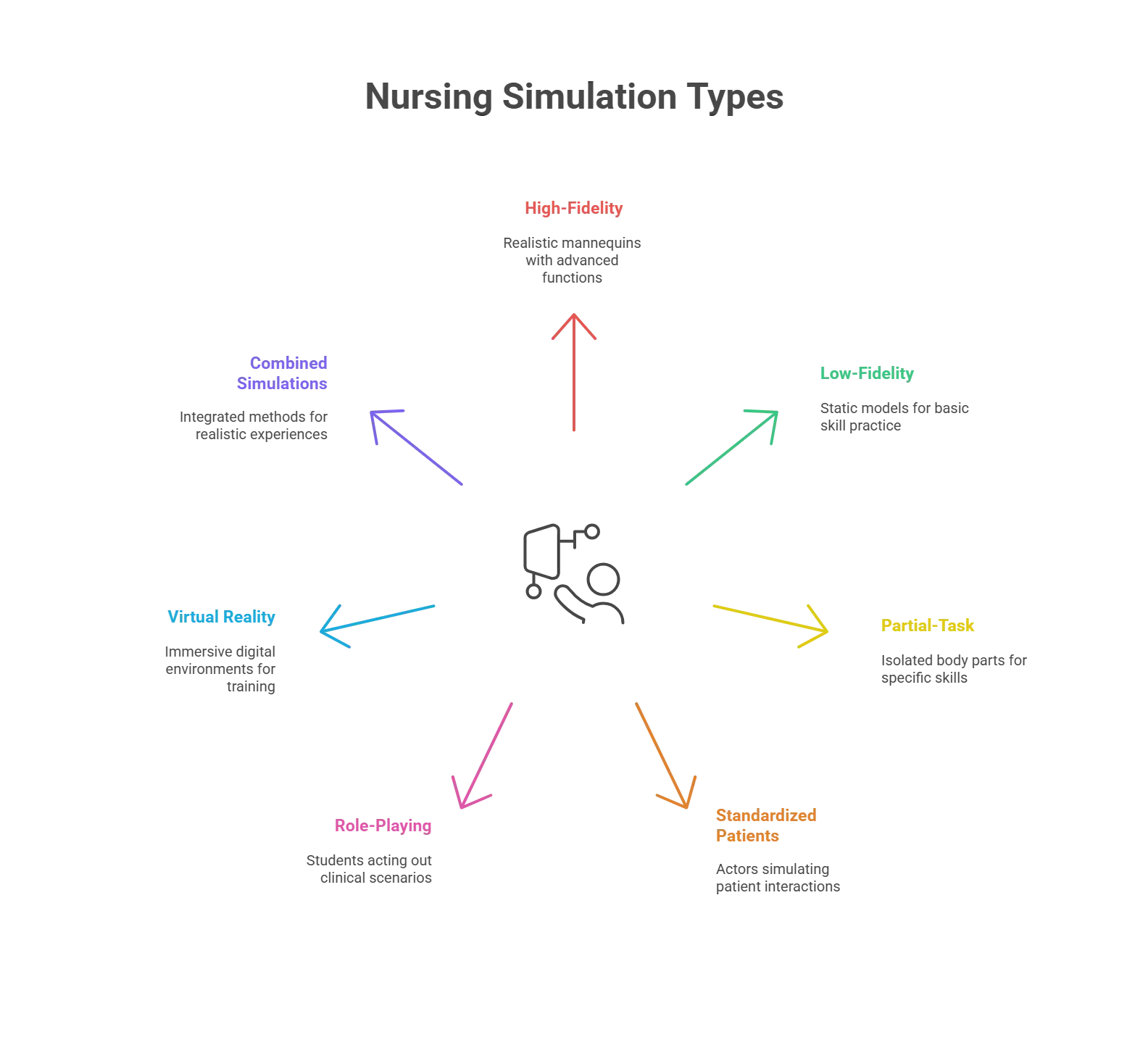
1. High-Fidelity Simulations
These are computerized full-body mannequins. They closely resemble the physiology and anatomy of a patient. These are some of the most encouraging methods due to their close resemblance to real-life clinical scenarios.
However, due to their high-tech dependency, it becomes one of the most expensive simulation types. For example, mannequins that can perform functions such as breathing, talking, mimicking heart sounds, and childbirth are high-fidelity simulations.
2. Low-Fidelity Simulations
Low-fidelity simulations are generally static models or portions of model limbs, etc.
Of course, they lack the sophistication of High-Fidelity Simulations. However, they are extremely useful for learning basic nursing skills, such as CPR, at a very low cost.
3. Partial-task Simulators
Partial-task simulators, also known as low-tech or static task simulators, are designed to replicate only a portion of the body or the environment. These are generally used to teach basic psychomotor skills and procedures.
These are relatively economical and available in sufficient abundance to be used. Hence, they allow several trainees to practice together. Examples of partial-task simulators include isolated limbs or heads.
4. Standardized Patients
Volunteers or paid actors who assume the role of a patient to simulate clinical interactions are known as Standardized Patients (SPs). These individuals act realistically to simulate clinical interactions from the patient’s side.
This can make practicing assessments and communication skills more effective. These skills include taking a patient’s history, asking for informed consent, explaining procedures, and giving difficult or bad news.
5. Role-Playing
In this case, students are asked to act out a situation. As it doesn’t require props or technological setups, this is a low-cost method. It is a low-fidelity approach, but it can help develop the students’ soft skills and improve their team bonding.
6. Virtual Reality
In this, a computer-generated environment is created to provide sensory experiences for the learner. For example, virtual online hospitals and operation theatres can be developed where students can interact in real-time with patient avatars.
7. Combined Simulations
This type of simulation incorporates two or more of the above methods combined. It can combine computer technology and mannequins to provide a more realistic learning experience.
Check Out EXCLUSIVE: Hurix Creates Online Programs for Nursing & Allied Health Services on a Cloud Platform
What are the 4 Benefits of Simulation Learning?
Let’s look at some of the benefits that simulation learning brings to the table, helping shape a new era of confidence in healthcare training:
- A Safe Learning Environment: Simulation Training in healthcare education provides a safe environment for students to make mistakes without compromising patient safety.
- Immersive Learning: The immersive nature of simulation-based learning improves critical thinking skills, helping healthcare professionals make quick yet informed decisions in tense situations.
- Confident Skill Development: Healthcare professionals gain more confidence in their abilities through repeated exposure to difficult scenarios, which translates into a better working environment in the real world.
- Practical Experience: The rapid adoption of Simulation Learning helps gain theoretical knowledge and provides the platform needed to convert it into practical knowledge in a clinical environment safely.
Innovating Healthcare Learning
Educational institutions must implement innovative simulation training methods for a more efficient, cost-effective, and risk-free learning environment.
When virtual laboratories and other simulation training embrace technology like VR, AR, and Adaptive AI, a learner’s growth rate and the quality of e-learning are profoundly elevated.
Hurix Digital specializes in integrating virtual laboratories into e-learning programs, offering tailored solutions to enhance practical learning experiences and optimize educational outcomes.
With their expertise, they ensure seamless implementation, empowering learners with interactive and immersive virtual lab environments. Contact us now to get started!
Summarize with:

Senior Vice President – Business Development
at Hurix Digital, with over 25 years of experience in EdTech and workforce learning. He excels in business development, customer relationship management, and scaling digital learning solutions, driving global growth through innovative content, simulations, and AI‑driven training offerings
 Upcoming Masterclass | Build an Army of Brand Evangelists using Training & Development | November 20th, 8:30 AM PDT | 11:30 AM EDT | 10:00 PM IST
Upcoming Masterclass | Build an Army of Brand Evangelists using Training & Development | November 20th, 8:30 AM PDT | 11:30 AM EDT | 10:00 PM IST

